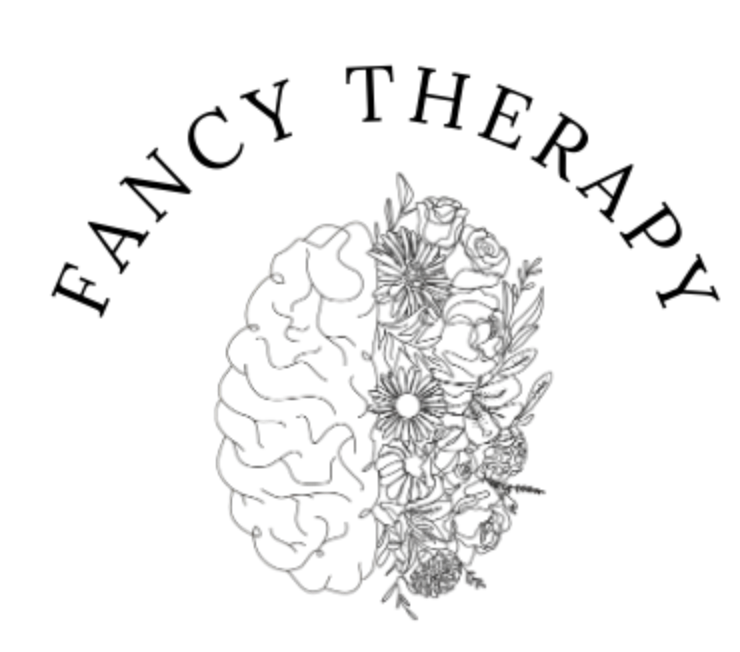Mindfulness and the Brain
In order to understand how mindfulness is helpful when we are feeling stressed, we need to understand how stress affects our brains. The three parts of our brain that can help or hinder us during times of stress are: the amygdala, the hippocampus, and the prefrontal cortex.
The Amygdala:
The amygdala is a part of the limbic system and controls our emotions and motivations. It is a pair of structures (pink structures) that react to incoming stimuli through our senses that could be positive or negative. When the amygdala interprets the incoming information as positive, it is sent on to the prefrontal cortex for analysing before reacting. When the amygdala interprets the incoming information as negative, it is blocked from reaching the prefrontal cortex and instead reacts reflexively to fight, flee or freeze.
The Hippocampus:
The hippocampus is in the centre of the brain, one behind each ear (green structures).
It is the storage vault for our memories and learning and can assist in managing our responses to fear and threats.
The Prefrontal Cortex:
The prefrontal cortex is the learning, thinking and reasoning part of the brain. This is a highly evolved part of the brain that controls our decision making, focuses our attention, and allows us to learn to read, write, compute, analyse, predict, comprehend, and interpret.
Our Brains Under Stress
When our brains are stressed, the incoming information is processed by the amygdala on alert. The amygdala scatters the information so that messages cannot get to the prefrontal cortex to make logical and rational decisions. Once we are able to calm our minds, the memories from our hippocampus combined with the decision making abilities of our prefrontal cortex allow us to make clearer choices.
The Happy Brain
When our brains are calm and happy it then releases dopamine.
Dopamine is a neurotransmitter
It is released when we do enjoyable activities
Or when we are anticipating an enjoyable activity
Dopamine helps to prepare our brains for peak performance
The Mindful Brain
When we practise mindfulness, our brains:
Improve self-control and self-regulation skills
Strengthen resiliency and decision making
Reduce conflict
Develop positive social skills, such as empathy, compassion,
Allow for positive social skills, such as empathy, compassion, patience, and generosity
Activity
Here is an activity to try that illustrates what we’ve discussed here. Grab a piece of paper and a writing utensil. Read the following poem aloud and try to hold the details of it in your mind during 30 seconds of silence. Then list or draw all the details that you can remember.
Fog (from Chicago Poems by Carl Sandberg)
The fog comes
on little cat feet.
It sits looking
over harbour and city
on silent haunches
and then moves on.
How hard or easy was it to keep your mind focused for 30 seconds? You might have struggled a little to keep your PFC focused on the poem and keep your amygdala calm. If you were successful, the details could make it to the hippocampus, which saves the memory and then to the prefrontal cortex to be analyzed..
The Core Practice for Mindfulness
Mindfulness practice helps us to train our brains to not allow the amygdala to block messages from getting to our prefrontal cortex. Here is a core practice activity. Find something that makes a sound that resonates for a length of time, for example a bell, something like a gong, or feng shui chimes. Sit somewhere in a quiet and comfortable place. Sound the instrument that you have chosen and close your eyes. Listen to the sound for as long as it lasts. When you can no longer hear the sound, open your eyes and notice any tension in your body. Sound the instrument again, but this time, when you can no longer hear the sound, turn your focus to your breathing. If you practise this consistently, in times of stress you can close your eyes and focus on your breathing.
References
The mindup curriculum. (2011). Scholastic.




